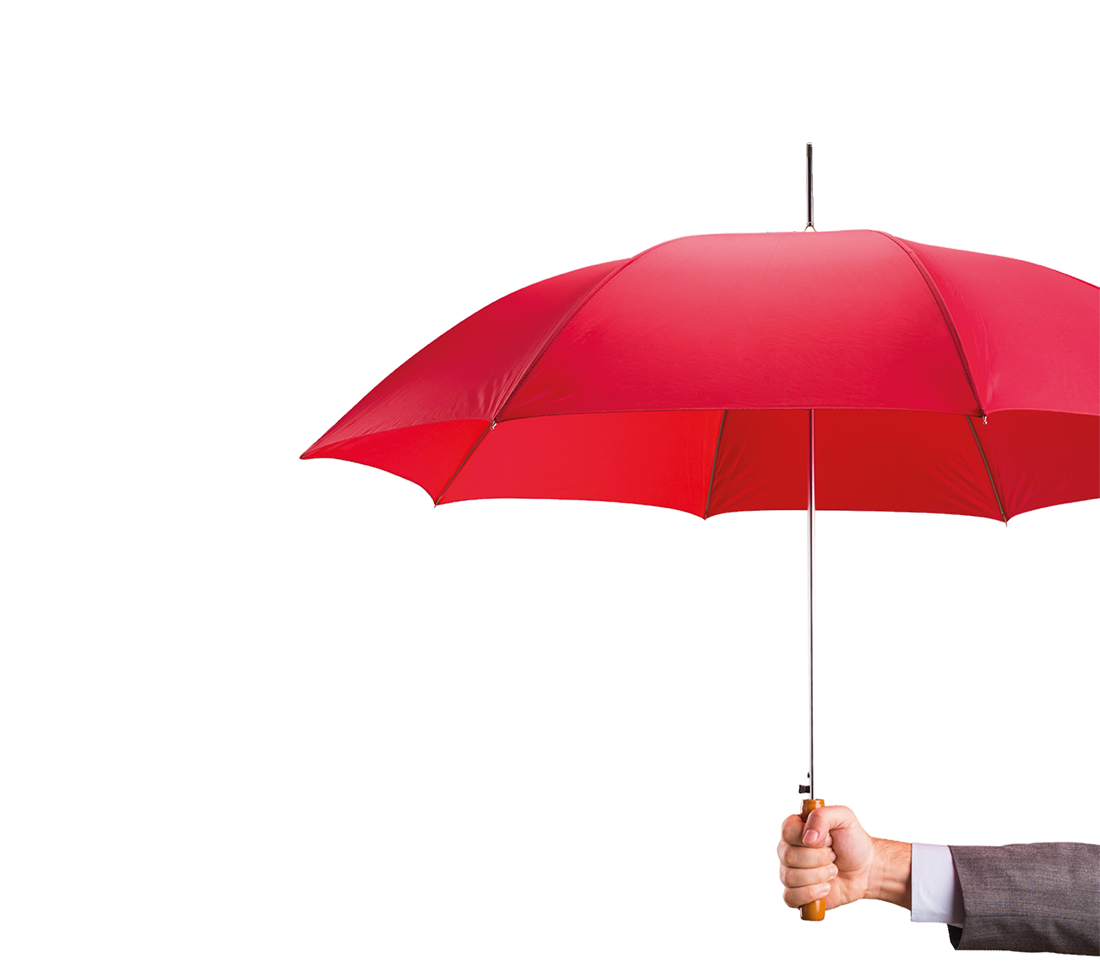Why health and safety are essentials in the workplace

The phrase ‘health and safety’ often brings to mind the image of an inspector examining your workplace for the most trivial of hazards. But there’s more to it than that; health and safety is there to protect workers from unsafe environments and working practices.
What is health and safety exactly?
All workers, be they full-time, part-time or volunteer, have the right to work in an environment free from risks and hazards. Health and safety laws are the legal parameters which define what is and isn’t a risk or a hazard in a workplace environment. Legally, it’s the responsibility of the employer to ensure that the work environment is up to these legal requirements.
By ensuring that your employees are working in a safe environment, which is taking any and all precautions necessary to ensure their wellbeing, you’re giving your employees an environment in which they can flourish. If your employees don’t feel safe, or are not able to be healthy in their working environment, it’s highly likely that their quality of life will deteriorate, which will ultimately negatively affect business.
Safety is the first step on the road to content employees. Companies that have happy employees are sure to be much more productive than companies where employees are not happy with health and safety standards.
Additionally, keeping your employees safe is your legal responsibility. Regularly training your staff on health and safety practices, as well as issues associated with it, is a key part of fulfilling this duty and ensuring that your work environment remains safe and constructive.
What about providing other assistance?
Health and safety training is just one way to help your staff stay safe. Another important measure in your arsenal should be providing easy sources of information such as labelling.
If something is clearly labelled as dangerous, people are less likely to mess with it or mess around near it. However, if something is not properly labelled that is where accidents and injuries can occur. While you may have an established health and safety manual and procedures in place in case anything goes wrong, it is better to learn to prevent an incident altogether than to learn how to effectively clean up afterwards. Preventing unnecessary accidents reduces the downtime spent on repairs and recovery and will also help to increase productivity in your business.
It is the law
Business owners have a legal responsibility to ensure the safety of their employees. So if you aren’t following UK health and safety requirements, you could be breaking the law or even forcing your own employees to work illegally. While every business sector has their own specific health a n d s a f e t y requirements, there are universal procedures that should be put in place to ensure employee safety.
Universal way of training new employees
If you don’t have the time to spare to offer extensive training to new employees, but can still offer a basic health and safety training course, health and safety labels will be able to help employees to learn on the job. If everything is labelled accordingly and they go by the descriptions on those labels, employees will be able to quickly pick up what is needed of them, to ensure a safe working environment. If nothing is properly labelled, new employees will be more likely to make silly mistakes and this can cost both time and money to rectify.
If you would like to learn more about health and safety, as well as the legal obligations of employers, we’ve got you covered.
Help is at hand – getting the best from your SAIF approved health and safety advisors
If you don’t want to hear ‘you can’t do this’ then talk to a safety professional at Safety For Business free of charge, simply by calling 08456 344164.
You are also entitled to a discount on our fees when we help you with your health and safety needs. We can visit you to see how you are doing when it comes to compliance. This is free of charge apart from travel costs. So, what do you have to lose?
Tags: essentials, health, HSE, law, OSS, regulation, safety, Safety for Business, Simon Bloxham, workplace